The following article by Black Diamond deals with an exciting question: How do you set up the carabiners of your exes - in the opposite or the same direction? More importantly, does it make a difference?
A guest post by Chris Parker, Content Manager at Black Diamond
So in this article, we'll focus on aligning express loops. You've probably also noticed that the opinions of climbers diverge when asked if the carabiners are supposed to be opposite or equal in an express loop. And next time you look around the rock, you'll probably see different variations.
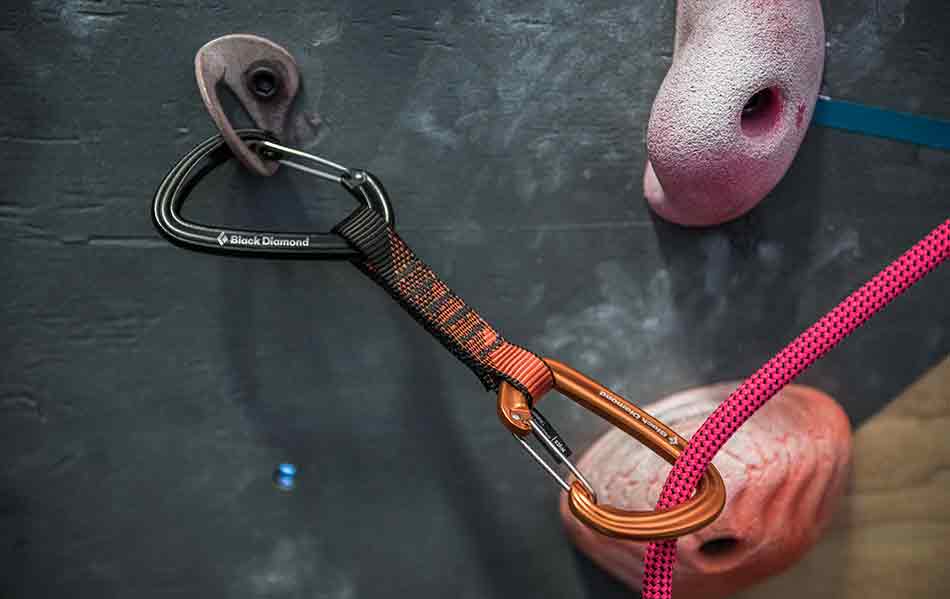
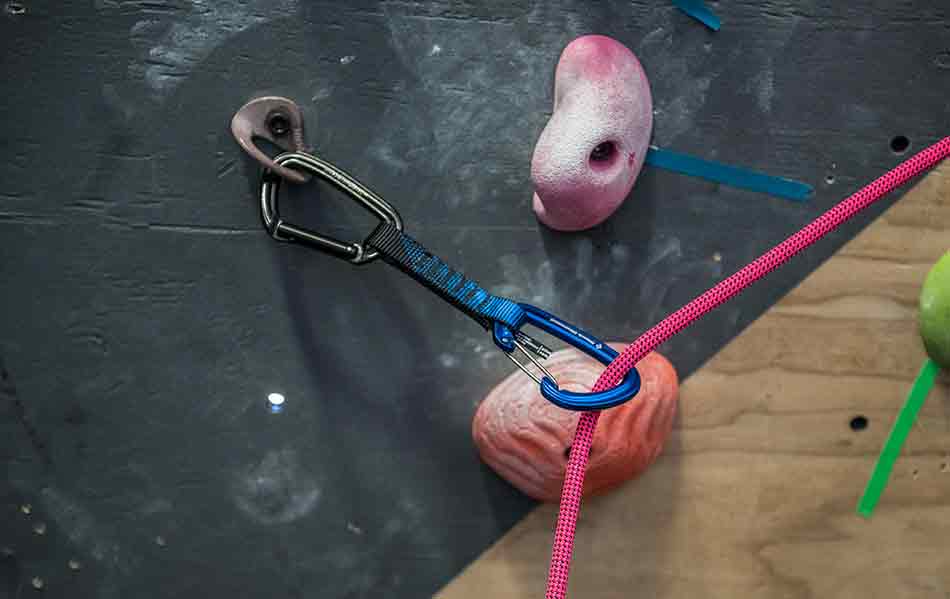
What is it? Why do some climbers deliberately fasten their karabiners against the same slings?
In search of answers, we talked to various top climbers, who put in more slings than you can count. We reviewed the results with Kolin Powick, our Climbing Category Director, to determine if there are scientifically proven safety factors for the opposite orientation.
Who do we ask first? Black Diamond athlete Joe Kinder.
Kinder has been climbing the rock as a sport climber for several decades and has climbed countless routes up to 9a. Along the way, he discovered and drilled some of the best routes in the country. When we asked him for his opinion on this subject, he quickly had an answer. "Opposite," he explained. “I just do this because my friends and I use the same quickdraws. That way we can't get them mixed up. And because I've got used to it, I prefer it. I don't think it affects security and I've never had a problem with it. "
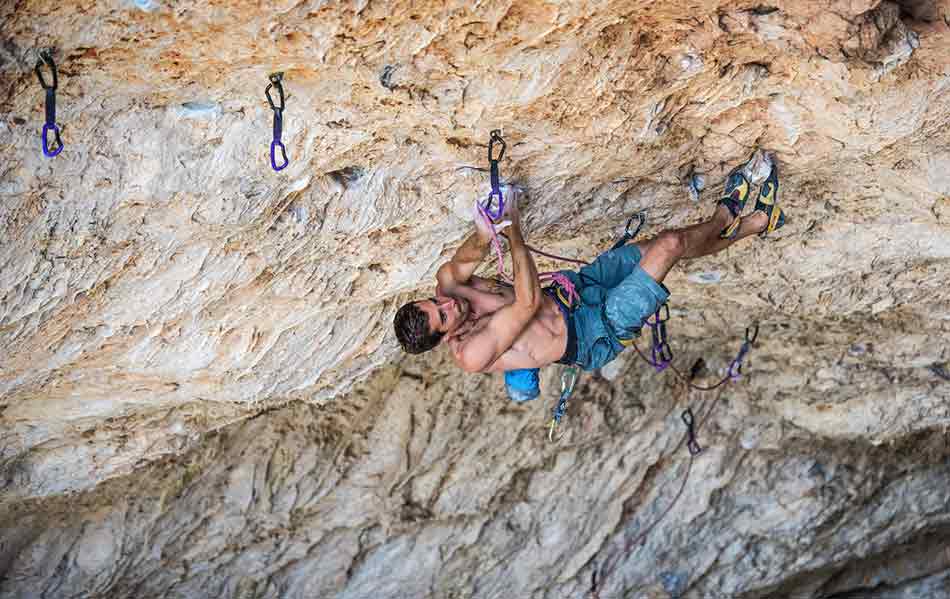
Nice and good. Joe should know, right? We have that too Black Diamond Ambassador and excellent photographer Tim Kemple asked for his opinion. “Opposite. No idea. I've always done this, ”he wrote. Ok, but like Joe, Kemple started climbing in 1990 or earlier. Maybe we should get another opinion.
How about one of the best free solo climbers in the world? Yeah right. We mean Alex "Freerider" Honnold. We spoke to him after a day of climbing near Las Vegas. In typical Honnold style he said: “I don't think it makes any difference.” However, he explained his thoughts in more detail. At least briefly. “I have no preference and I don't even notice it. I just use my quickdraws with the orientation that I get them with. Or the way my climbing partners have. ”In other words, he just doesn't care. Sounds good too.
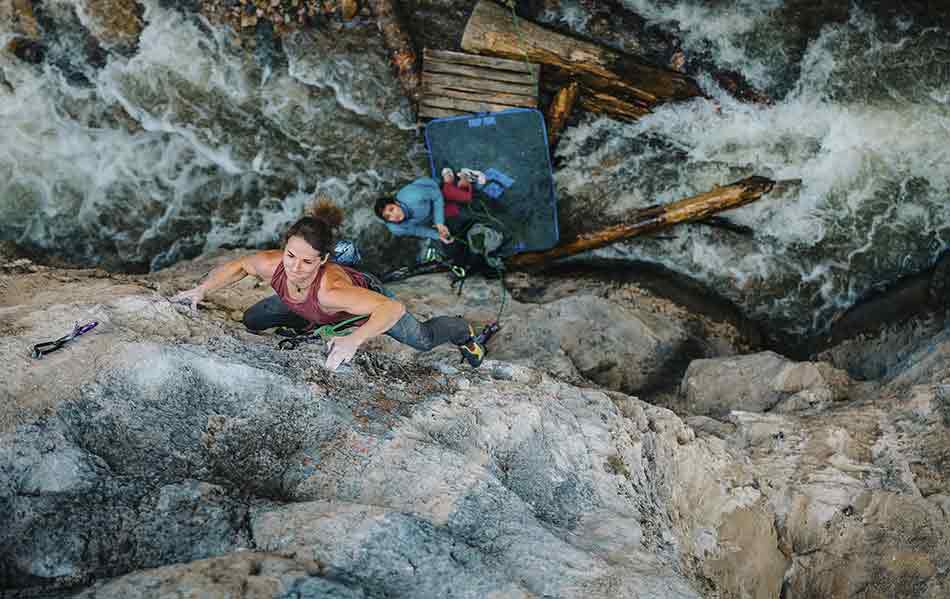
And what to think Babsi and Jacopo, our Black Diamond Bigwall team, about that? We asked them the question while they were recently sitting on the second ascent of Magic Mushroom (8b +) at El Cap in the Portaledge. Jacopo immediately knew an answer: “For me, they usually point in the same direction. But I don't really know why ... I've just always done it that way 🙂 There is no real reason. ”Babsi does the same to Jacopo and also cites the power of habit as a reason.
Aha. Two to two for "opposite" and "same orientation". And one who doesn't care. To round off this informal survey, we also wanted to interview someone who is not engaged in climbing around the clock, but who occasionally likes to indulge in pleasure climbing. We contacted Black Diamond Ambassador Chris Burkard, experienced photographer and world traveler, turned. As always, Burkhard had an interesting point of view: "When you buy quickdraws, the carabiners always point in the same direction," he wrote to us. “It's totally fine with me. But when I assemble quickdraws myself or prepare them for alpine routes, I prefer an opposite orientation. Or maybe that's just a habit. "
What interested us was a new point that Burkard's answer raised. Do the carabiners of purchased quickdraws usually point in the same direction? And more importantly, is there a reason? A quick search in the online shops confirmed Burkhard's statement. Most manufacturers sell their quickdraws with snap hooks that point in the same direction. However, there are a few brands that do it the other way around. And twice as interesting is the little-known fact that Black Diamond was part of this minority until 10 years ago. In other words, we were selling oppositely oriented carabiners.

What has changed?
An opinionated Canadian, who was responsible for the Quality Control Lab back then and never minces words, spoke up. You heard right. We speak of ours Climbing equipment guru, Mister Quality Control, named Kolin "KP" Powick. KP has a clear opinion on everything. And for a good reason. There are few people in the world who spend so much time analyzing every imaginable detail of climbing equipment. When KP, a staunch carabiner-in-one-way advocate, met the Climbing Category Director at the time, he did not hold back on the disadvantages of opposing carabiners. He is still convinced of it today.
Here is KP's view: “There are two reasons why carabiners on slings should point in the same direction. One scientific and one mental, ”says KP. "The scientific reason is that you should hang the quickdraw so that the snap on the lower carabiner is pointing in the opposite direction to your climbing direction, right?" Loop in so that the snapper points to the left and thus the carabiner backs in my climbing direction. When climbing, the sling is pulled up a little so that the upper carabiner on the hook eye twists around its own back. In this case, in the event of a fall, the upper carabiner is aligned with the hook eye in such a way that the impact force is absorbed in exactly the right position, namely along the main axis of the carabiner back, its strongest alignment.
"If the catches are in opposite directions and I do the same thing - of course that also depends a little on the orientation of the hook eye - but in the same scenario, there is a risk that the upper carabiner will turn up and at the point where Carabiner and snap nose come together, caught in the hook eye. In the event of a fall, the hook eye could then become wedged at the snapper / nose interface in such a way that a very unfavorable load occurs and, in extreme cases, the carabiner is unhooked. Of course, we were surprised to see how easily a quickdraw is released when the carabiner is twisted and the catch aligns with the hook eye.
Look at this.

And the mental component? "Everyone learns that the lower carabiner should be hung in a quickdraw in the opposite direction to the climbing direction," he explains. “I have observed that both experienced climbers and beginners know that when they climb to the right, both carabiners, up and down, simply have to point to the left. Simple thing. "
And right here is the sticking point, according to KP.
"So if the carabiners are facing in opposite directions, you climb to the right, ok, the lower carabiner points to the left, and then you see the upper carabiner and then it says 'stop, stop, how was that again'? In this case you always have to think about how to hang the upper carabiner so that the lower one points in the right direction. "So that's the mental reason why the snapper in the quickdraw should always have the same orientation," repeats KP.
Summary
Although KP is not aware of any case in which such a hook eye problem has arisen due to oppositely aligned carabiners, we recommend the safe route. Also, who wants to endanger an onsight ascent just because you first have to think about the direction in which to hang your quickdraw?
We believe that the carabiners on the loops should have the same orientation. And that's why Black Diamond started selling its quickdraws this way after KP's talk 10 years ago. However, before we completed this research, we wanted to interview one last climber. Why not ask what the world's best sport climber thinks about it?
We have Black Diamond athlete Adam Ondra asked - the three-time world champion and first climber of the currently only 9c in the world - which orientation he prefers: "Snapper with the same orientation", he replied. "In addition, it is simply safer when hanging rings (these are typical securing devices in Czech sandstone)." So folks, this is how it looks. If Ondra's snapper has the same alignment on his quickdraws ... maybe yours should too.
—
Credits: text and pictures Black Diamond


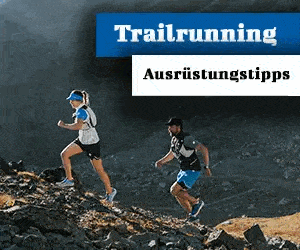
Doesn't anyone climb rings? If you want to clap a ring properly, you can only do this with a snapper in the same direction (both away from the rock). And since there is no real reason for opposing carabiners, why should you do that?